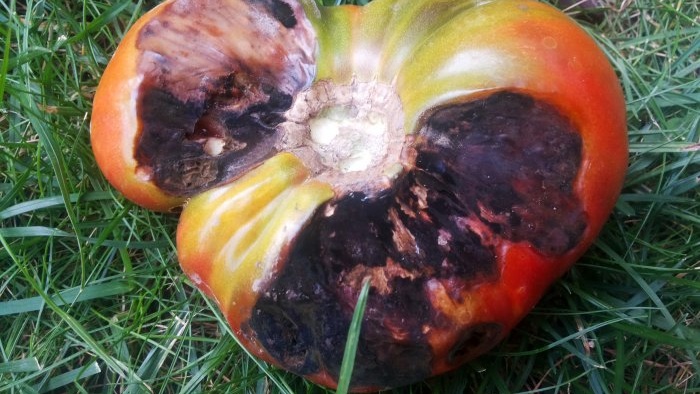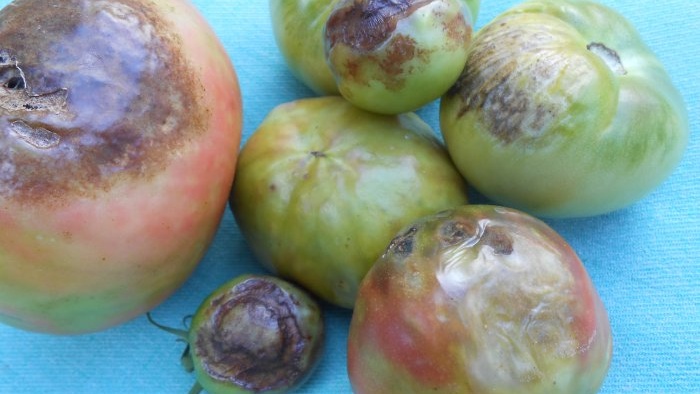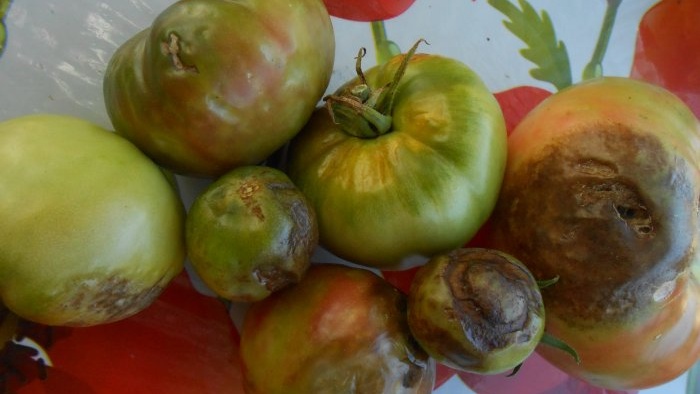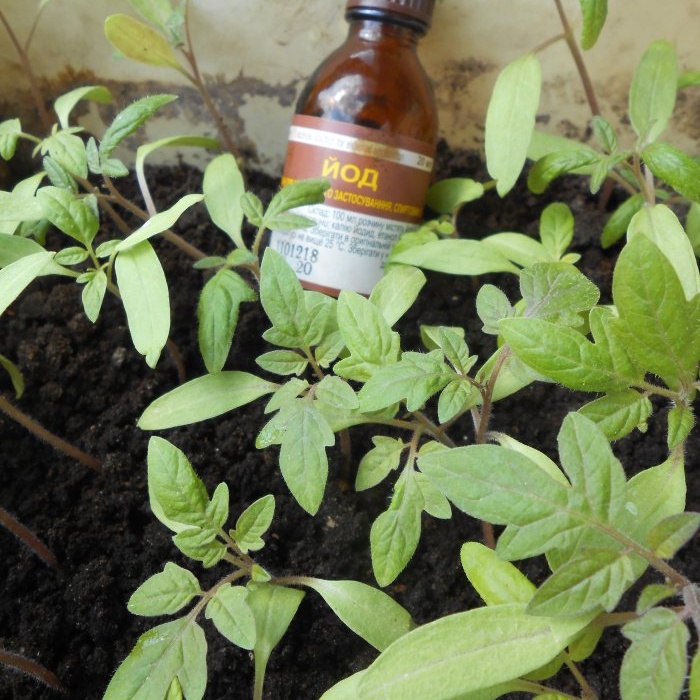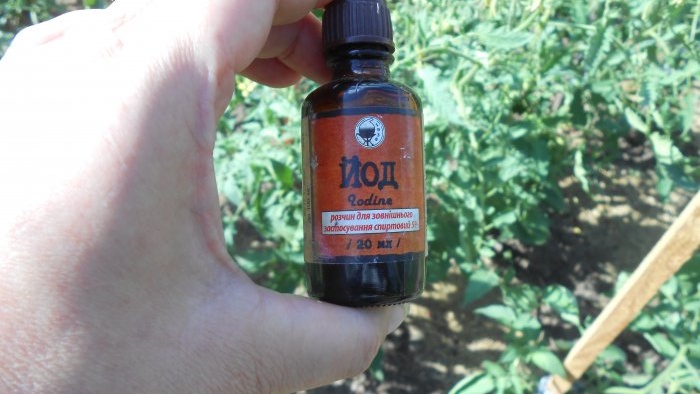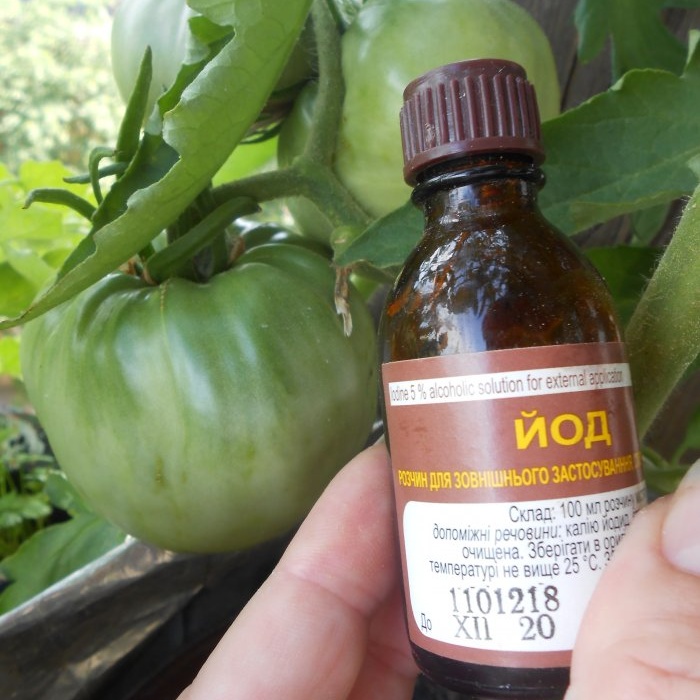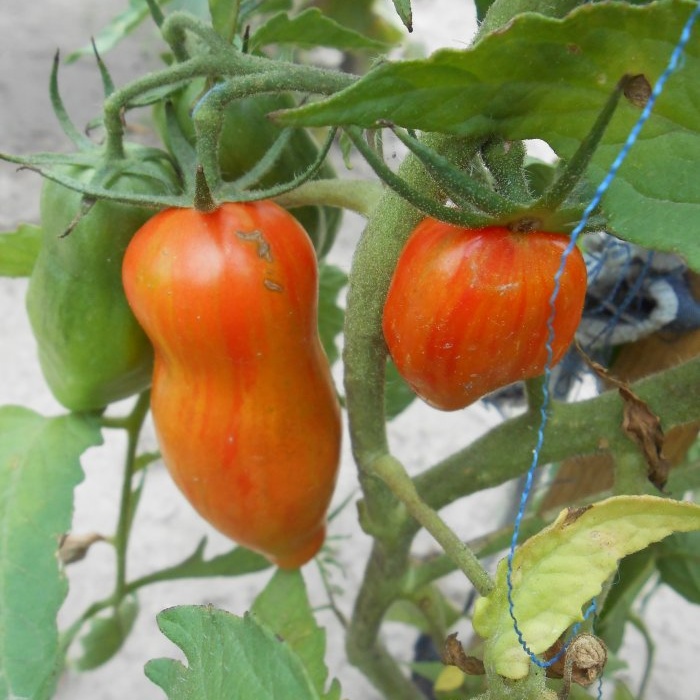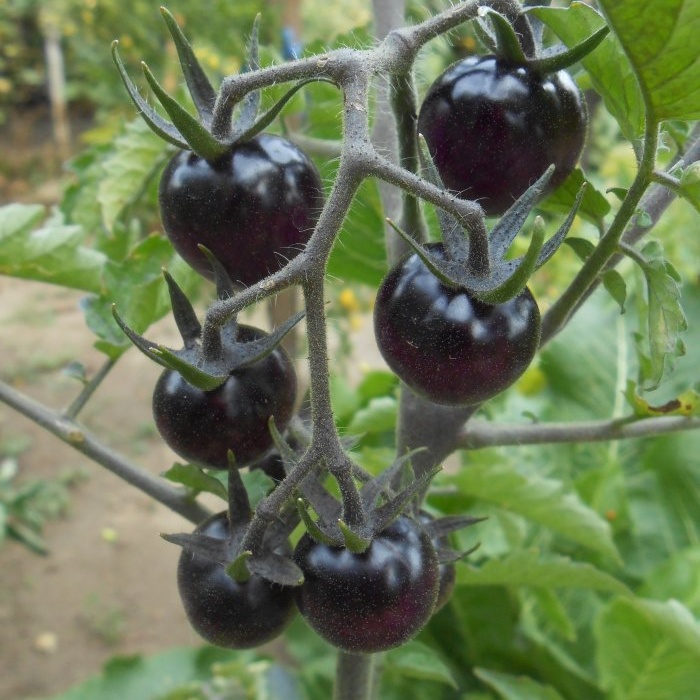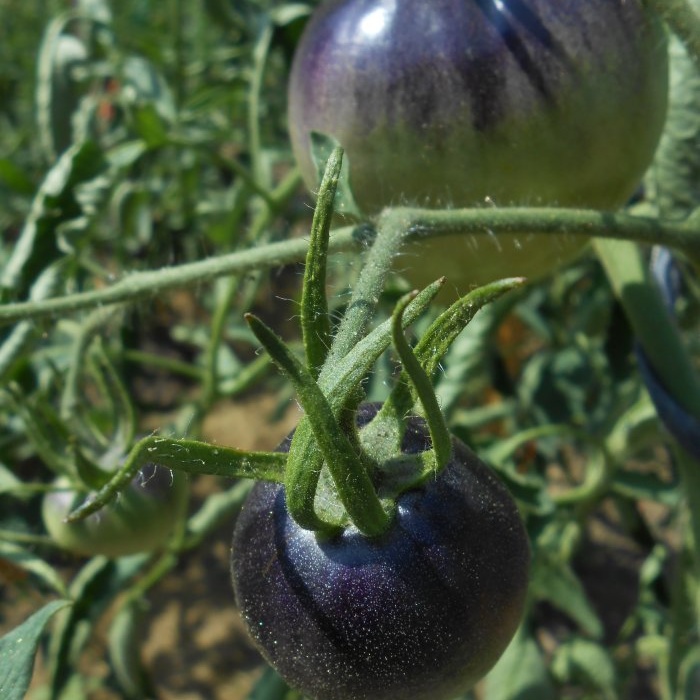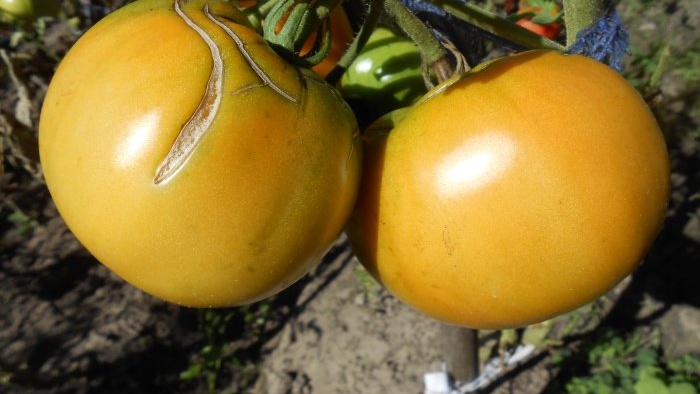To obtain stable tomato yields in open beds and greenhouses, it is not enough to plant strong seedlings, organize watering and regularly apply organomineral fertilizers. Often, the ripening of tomatoes is hindered by the spread of microscopic fungi in plantings - the causative agents of late blight.
The disease most often affects plants in the last month of summer, when the period of icy dew, abundant fog and sharp fluctuations in night and day temperatures begins. In rainy summers, dangerous fungi can become active earlier. Due to wet soil, drops of moisture on the leaves and a lack of sunlight, tomato bushes begin to hurt.
Under unfavorable circumstances, you can lose most of the harvest. After an outbreak of infection on a plantation, green fruits become covered on the outside with brown spots that quickly grow into the tissue pulp and make them unsuitable for consumption.
As practice shows, treating diseased plants is practically useless. Even with the help of modern fungicides, the spread of infection in plantings can only be slowed down.Therefore, the main task of all tomato growers is the prevention of late blight, starting from the stage of growing crop seedlings.
There are many chemical remedies for late blight: “Kuproksat”, “Ordan”, “Profit Gold”, copper-containing preparations such as copper sulfate solution, Bordeaux mixture, “HOM”, “Oxychom”. In recent years, microbiological preparations have become increasingly popular: Trichodermin, Fitosporin-M and their analogues.
Among folk remedies, the most popular among summer residents are solutions of plant ash, iodine, dairy products (whey, skim milk, kefir), table salt, baking soda, infusions of garlic, onion, tansy, wormwood and other plants, which contain substances with antifungal activity .
Disease Prevention
According to reviews from experienced vegetable growers, all of the listed products prevent the occurrence and spread of the disease only as a result of their repeated use. To protect tomatoes from late blight, it is advisable to alternate the listed products. Moreover, the first treatment must be carried out 2-3 weeks before planting the seedlings in a permanent place. In the future, spraying the tomato plantation must be carried out every 7-14 days.
The simplest method of protecting tomatoes from phytopathogens is to irrigate the tops with a solution of regular alcohol tincture of iodine (5%). This time-tested antiseptic is sold in any pharmacy and costs a penny compared to ready-made fungicides. By treating the plantings 3-5 times per season, you can prevent an outbreak of early late blight, which is typical for the cool and rainy season, and prolong fruiting until the first frost.
How to prepare and correctly use iodine solution for late blight?
You only need to add 10 ml of iodine tincture to a bucket of clean water, and to improve the stickiness of the product, additionally dilute a tablespoon of washing powder or 40 g of green soap in the solution.
The resulting liquid is immediately treated with tomato tops from a garden spray bottle. The interval between treatments in dry and sunny weather is 2 weeks. In cool weather, prolonged rains and lack of sun, tomatoes are irrigated with the solution every week.
Spraying tomatoes with iodine solution is also an effective way to speed up fruit filling. The supply of additional doses of this microelement allows the harvest to begin 7-10 days earlier. By picking tomatoes from the bushes at the stage of technical ripeness (they can be successfully ripened indoors), you will provide the remaining ovaries with nutritious juices. Thus, they will have time to fully ripen on the bushes before the end of the warm season.
Additional methods of protection against late blight
Installing a film cover or simple canopies over tomato beds during prolonged rainfall and during the period of icy dew can help reduce the negative impact of excess moisture accumulating in the top layer of soil and settling in drops on fruits and leaves.
Watering plants is carried out exclusively at the root, avoiding drops splashing on the tops. In cool weather, you should refrain from watering, and a month before the end of fruiting, completely abandon it.
Regular root feeding helps maintain the phytoimmunity of the bushes. From the moment flowering begins until the end of the season, tomatoes are fertilized with weak solutions of mineral fertilizers containing increased doses of potassium and phosphorus. Nitrogen fertilizing is contraindicated for plants at this stage of the growing season.Extracts from ash with the addition of sodium and potassium humate have proven themselves well.
The lower leaves located below the clusters with ovaries and fruits need to be trimmed. Leaves that interfere with the penetration of sunlight into the bushes, as well as those that are yellow and drying out, must also be removed. By removing excess leaf blades, you will improve ventilation inside the beds and prevent the spread of harmful fungal spores. However, no more than 3 leaves can be cut from each plant at a time.
We wish that the problem of the development of late blight does not affect your plants either in the beds or in the greenhouses!
